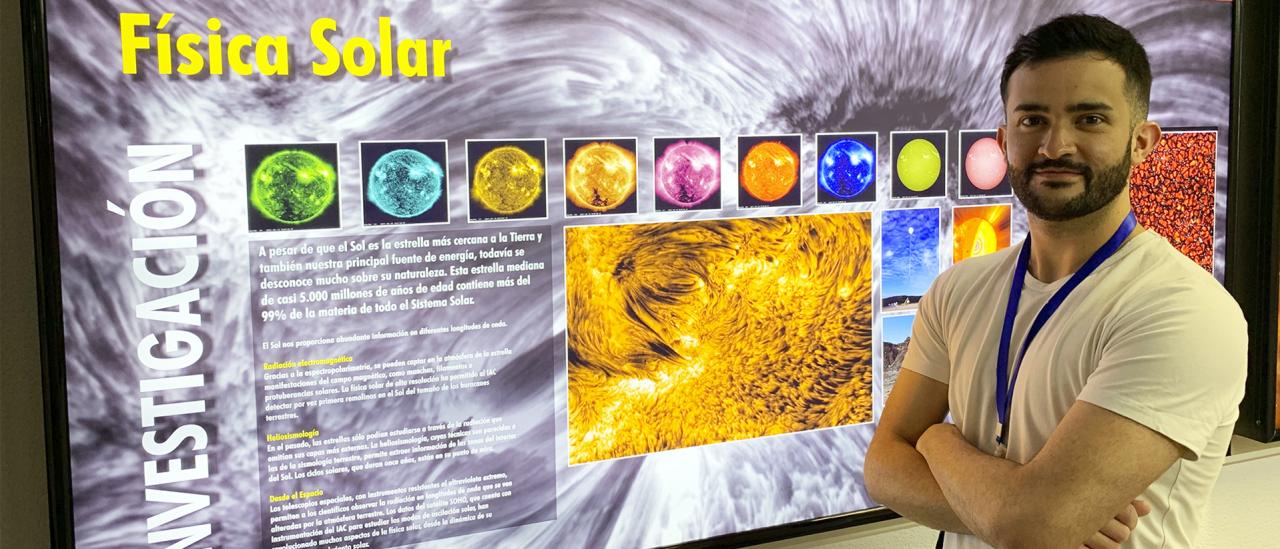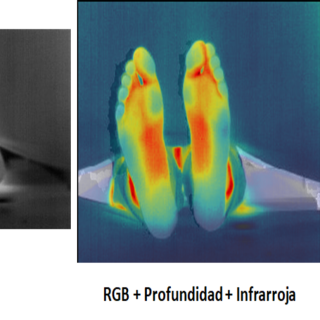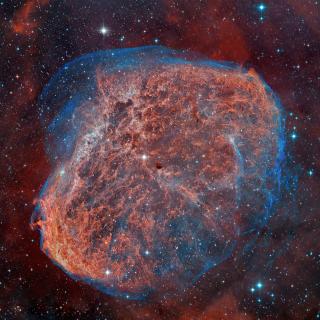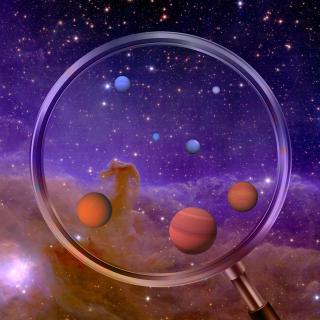Daniel Nóbrega Siverio, a postdoctoral researcher at the Instituto de Astrofísica de Canarias (IAC) was recently awarded the “Early Career Researcher Prize” of the Division of Solar Physics of the European Physical Society (EPS).
This prestigious prize for young researchers was awarded “for important contributions to the understanding of solar chromospheric phenomena and related processes, combining theory, observations and numerical experimentation”.
Nóbrega Siverio was working, between 2018 and 2021, in the Rosseland Centre for Solar Physics (RoCS) of the University of Oslo (Norway). He is currently a postdoctoral researcher at the IAC, and a member of the Synergy Grant “The Whole Sun”, a large grant awarded by the European Research Council, which supports multidisciplinary research projects of world-wide scientific excellence, and whose Principal Investigator at the IAC is Fernando Moreno Insertis.
Nóbrega Siverio has a degree in Physics from the University of La Laguna (ULL) and took his Master's degree in Astrophysics and his doctorate at the same university and at the IAC. His thesis, which he defended in 2018, supervised by Fernando Moreno Insertis, an IAC researcher and full Professor at the ULL, and co-supervised by Juan Martínez Sykora, a researcher at the Lockheed Martin Solar and Astrophysics Laboratory (LMSAL) in California (USA), was awarded the 2019 Prize of the Spanish Astronomical Society for the best Spanish doctoral thesis in Astronomy.

The Sun is a magnetically active star with violent eruptions that can hit Earth´s magnetosphere and cause important perturbations in our technology-dependent society. The objective of the Whole Sun project is to tackle in a coherent way for the first time key questions in Solar Physics that involve as a whole the solar interior and the atmosphere



